
How Does Ceiling Air Diffuser Contribute to Sustainable HVAC Design?
- By:hqt
- 2024-12-16
- 29
In today’s world, sustainability is a major consideration in the design and operation of HVAC systems. With growing concerns about energy efficiency, environmental impact, and operating costs, businesses are increasingly seeking solutions that promote sustainability while ensuring optimal indoor comfort. One often overlooked yet essential component of modern HVAC systems is the ceiling air diffuser. But what exactly makes this seemingly simple device so vital to sustainable HVAC design?
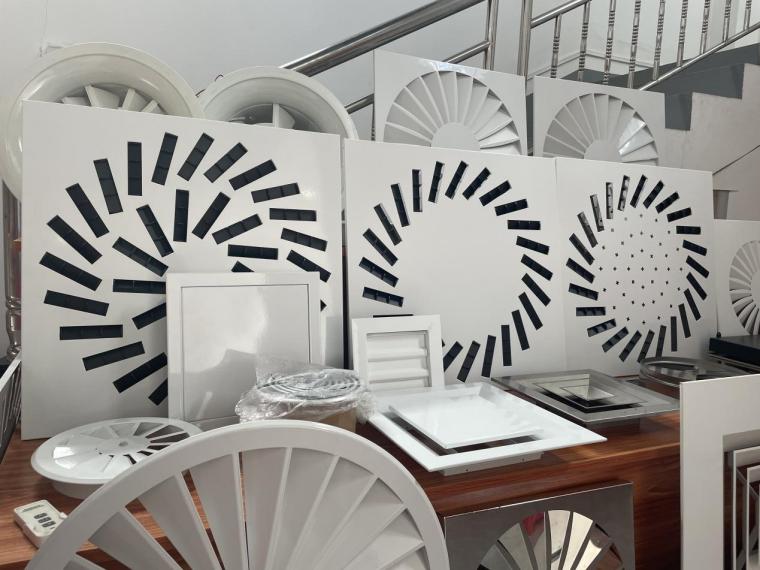
The Role of Ceiling Air Diffusers in Energy Efficiency
Ceiling air diffusers play a pivotal role in how air is distributed throughout a space, ensuring that the HVAC system operates efficiently. Traditional ventilation systems often struggle to evenly distribute air, leading to overcooling or overheating in certain areas. This not only reduces comfort but also increases energy consumption as the system works harder to maintain the desired temperature.
Ceiling air diffusers, however, are designed to evenly distribute air across a larger surface area. By using adjustable blades or louvers, they ensure the airflow is directed exactly where it's needed, minimizing the loss of conditioned air and optimizing energy use. As a result, buildings can maintain stable temperatures without requiring excessive amounts of energy, contributing to lower carbon footprints and reduced utility costs.
Air Diffusers and Indoor Air Quality
In addition to improving energy efficiency, ceiling air diffusers also contribute to better indoor air quality. With the constant circulation of fresh air, they help eliminate stagnation and reduce the buildup of harmful pollutants in enclosed spaces. In environments like offices, hospitals, and concert halls, clean air is essential for maintaining a healthy and productive atmosphere.
The ability to regulate the volume and direction of airflow using ceiling air diffusers allows for better control of air distribution. This ensures that all areas of the space receive adequate ventilation, preventing the accumulation of excess moisture or pollutants that can lead to issues like mold growth or poor air quality.
Ceiling Air Diffuser vs. Wall Diffuser: Which is Better for Your Industrial Space?
When designing HVAC systems for industrial spaces, one of the most important decisions revolves around choosing the right type of air diffuser. Ceiling air diffusers and wall diffusers are both popular options, but which one is best suited for your space?
Benefits of Ceiling Air Diffusers in Industrial Environments
Ceiling air diffusers are often the preferred choice for large industrial spaces due to their ability to provide uniform air distribution across a wide area. In high-ceiling environments, such as factories, warehouses, or gyms, ceiling diffusers effectively disperse conditioned air downward, helping to maintain consistent temperatures throughout the entire space.
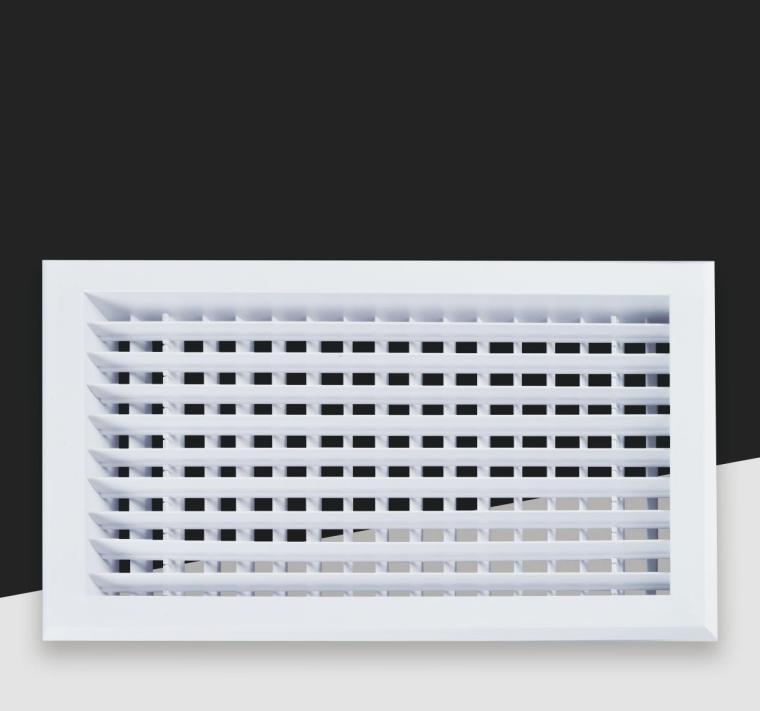
Unlike wall diffusers, which direct air in a specific direction, ceiling diffusers have the advantage of dispersing air across the entire room. This reduces the likelihood of hot or cold spots in the space, creating a more comfortable and productive environment for workers. Furthermore, ceiling diffusers are typically out of the way, making them less prone to damage or obstruction in industrial settings.
Advantages of Wall Diffusers in Certain Applications
Wall-mounted diffusers, on the other hand, are typically used in smaller spaces or areas where ceiling installation may not be feasible. For example, in buildings with low ceilings or where aesthetics play a significant role, wall diffusers can be strategically placed to ensure effective airflow.
Wall diffusers tend to be more suitable for spaces that require more targeted ventilation, such as smaller offices or conference rooms. However, they may not be as efficient in larger, open industrial spaces where uniform air distribution is a top priority.
Are Ceiling Air Diffusers More Efficient Than Traditional Vents?
It’s a common debate: Are ceiling air diffusers actually more efficient than traditional vents? To answer this question, it’s important to understand the fundamental differences in their design and operation.
How Ceiling Air Diffusers Improve Efficiency
Traditional vents are often simple, passive outlets for air that allow for little control over the direction and flow of air. In many cases, these vents can create uneven airflow, leading to hot spots or cold zones within the room. This uneven distribution can force the HVAC system to work harder to compensate, resulting in higher energy consumption.
Ceiling air diffusers, however, are equipped with adjustable mechanisms like grilles and louvers that help to control the direction and volume of air being discharged. By regulating airflow and ensuring that the air is evenly distributed across the space, ceiling diffusers enhance the overall efficiency of the HVAC system. This can reduce energy consumption and increase the system's lifespan by preventing it from overworking.
Furthermore, ceiling diffusers can be designed to suit the specific needs of a building. For instance, in larger spaces like auditoriums or gyms, ceiling diffusers can create a displacement diffusion effect, where air is introduced at the floor level and rises gradually to replace warmer, stagnant air. This ensures that the air is distributed in a way that minimizes energy loss and enhances comfort.
The Cost-Effectiveness of Ceiling Diffusers
Though traditional vents may seem cheaper upfront, ceiling air diffusers are a more cost-effective solution in the long run. By improving airflow efficiency and maintaining more consistent temperatures, ceiling diffusers reduce the load on HVAC systems, ultimately leading to lower maintenance and energy costs. In addition, their durable construction ensures a longer service life, minimizing the need for frequent replacements or repairs.
Understanding Air Diffusion: Key Features of Ceiling Diffusers
To fully appreciate the value of ceiling air diffusers, it’s important to understand how they function and what sets them apart from other types of air distribution equipment.
Types of Ceiling Air Diffusers
There are several types of ceiling diffusers available, each designed for different applications and environments. Some of the most common include:
Square and Round Ceiling Diffusers: These are the most basic and commonly used types of ceiling diffusers. Square diffusers are ideal for spaces with standard ceiling layouts, while round diffusers are often used in spaces where aesthetics are important.
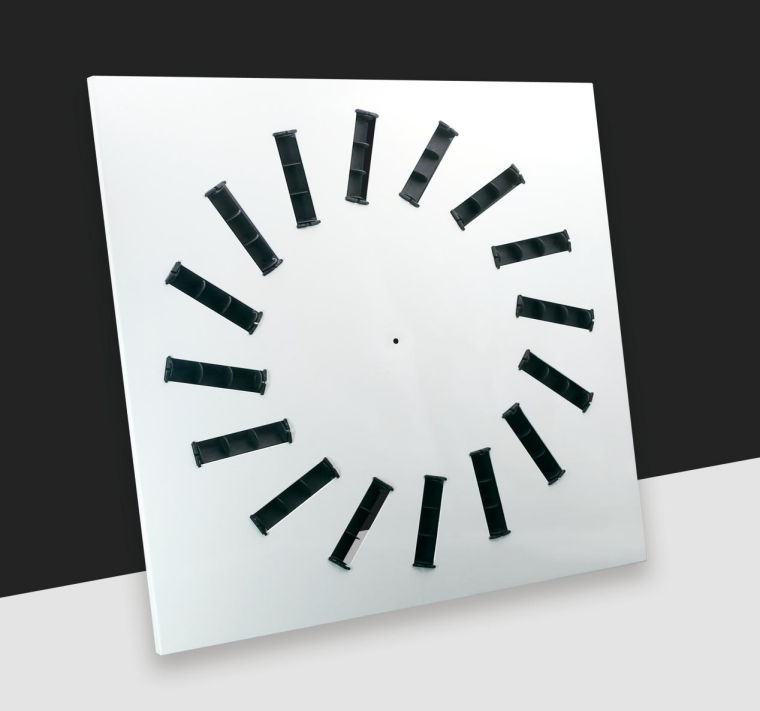
Linear Grilles: Linear diffusers are particularly effective in long, narrow spaces such as corridors or open-plan offices. They allow for greater flexibility in airflow control and are often chosen for their sleek, modern design.
Swirl Diffusers: Swirl diffusers are designed to create a circular airflow pattern that helps to evenly distribute air across the room. These are often used in spaces with higher ceilings to create a more natural and uniform air distribution.
Jet Diffusers: Jet diffusers are designed to create high-velocity airflow, ideal for spaces requiring rapid air movement, such as large industrial spaces or auditoriums.
Material Considerations
Ceiling air diffusers can be made from a variety of materials, including aluminum, steel, and plastic, depending on the specific needs of the application. Aluminum diffusers, for example, are lightweight, durable, and resistant to corrosion, making them ideal for long-term use in a variety of environments. Steel diffusers offer additional strength and are typically used in more rugged or heavy-duty applications.
Plastic diffusers are commonly used in more decorative or lower-cost applications, such as in residential spaces or smaller commercial environments.
Why Choose E-ZONG as Your Ceiling Air Diffuser Supplier?
When it comes to selecting a supplier for ceiling air diffusers, E-ZONG stands out as a reliable and trusted choice for businesses across various industries. E-ZONG offers a wide range of air diffusers, including square, round, and linear types, to suit the unique needs of your space. With a commitment to quality, energy efficiency, and customer satisfaction, E-ZONG’s products are designed to optimize your HVAC system’s performance while contributing to a more sustainable, comfortable environment.
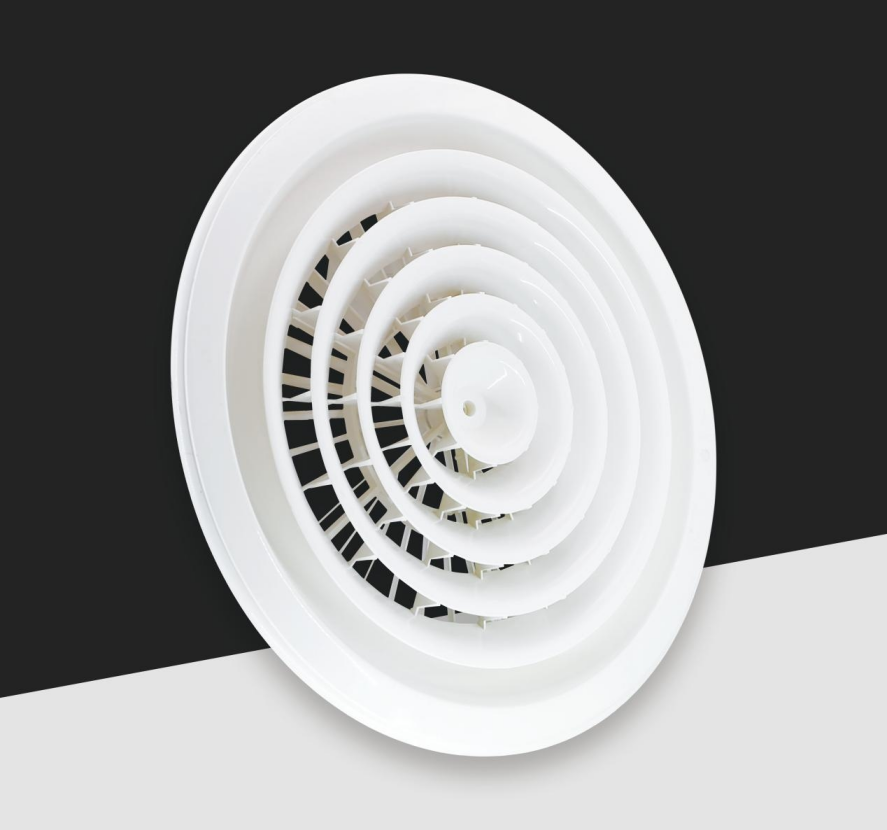
Their extensive product range and customizable solutions ensure that businesses of all sizes can find the perfect ceiling air diffuser for their specific needs, whether for industrial, commercial, or residential applications.
Conclusion
Ceiling air diffusers are a crucial element of modern HVAC systems, offering a variety of benefits ranging from energy efficiency to improved indoor air quality. When compared to traditional vents, ceiling diffusers are a more effective solution for even air distribution, making them an essential component in sustainable HVAC design. By choosing the right diffuser and supplier, businesses can enhance comfort, reduce energy consumption, and create healthier indoor environments.
For high-quality, durable, and efficient ceiling air diffusers, look no further than E-ZONG, your trusted partner in HVAC solutions.
-
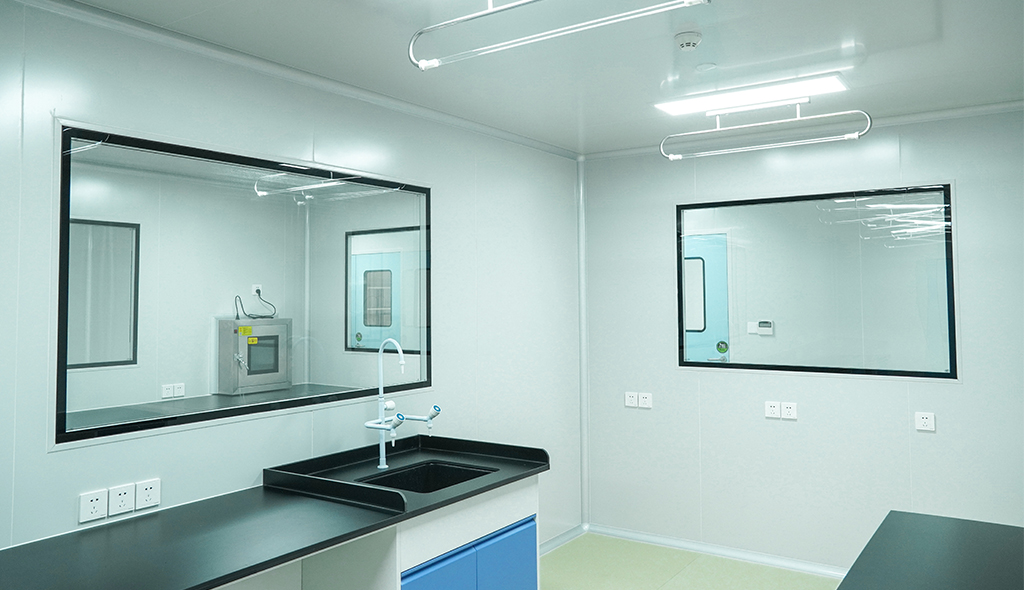 Cleanroom Glass Windows Are The Key to Maintaining a Clean Environment
Cleanroom Glass Windows Are The Key to Maintaining a Clean Environment -
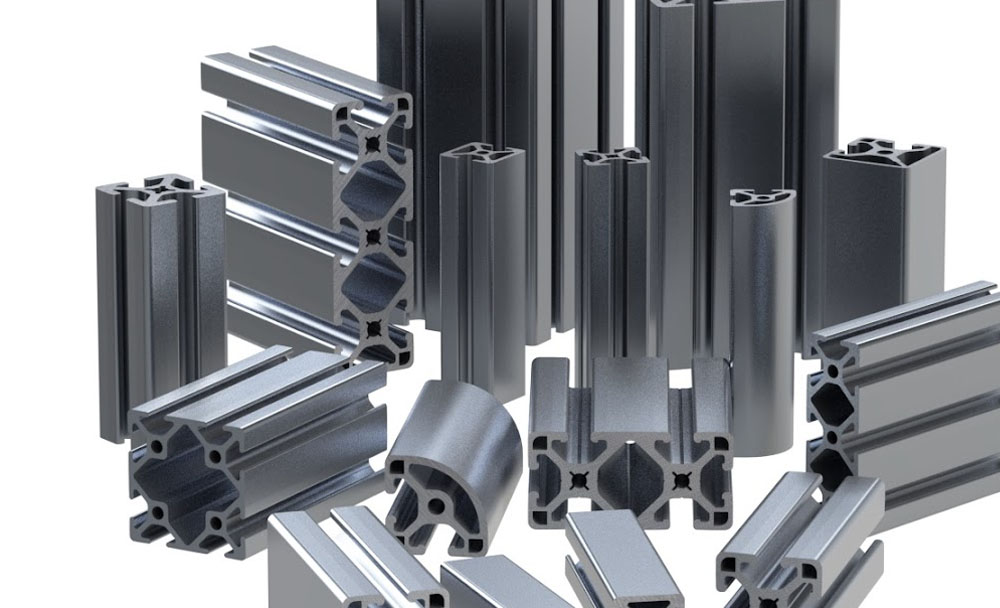 Top Aluminium Profile Manufacturers in China: Leading the Global Market
Top Aluminium Profile Manufacturers in China: Leading the Global Market -
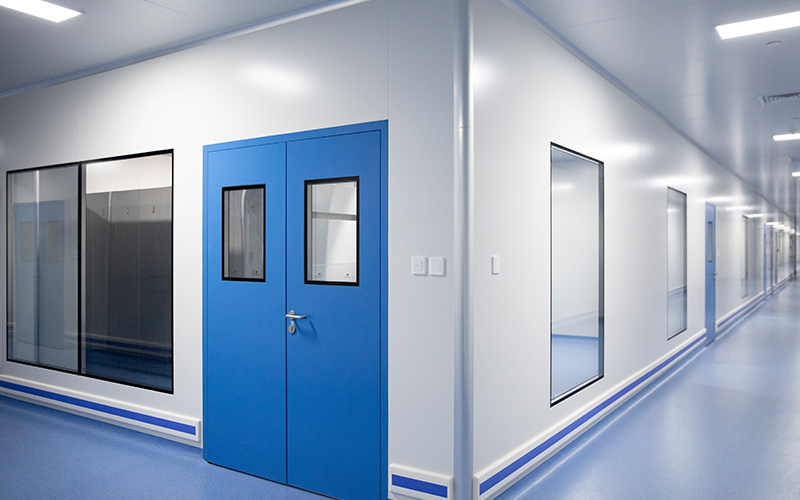 The Evolution of Air Tight Sliding Doors
The Evolution of Air Tight Sliding Doors -
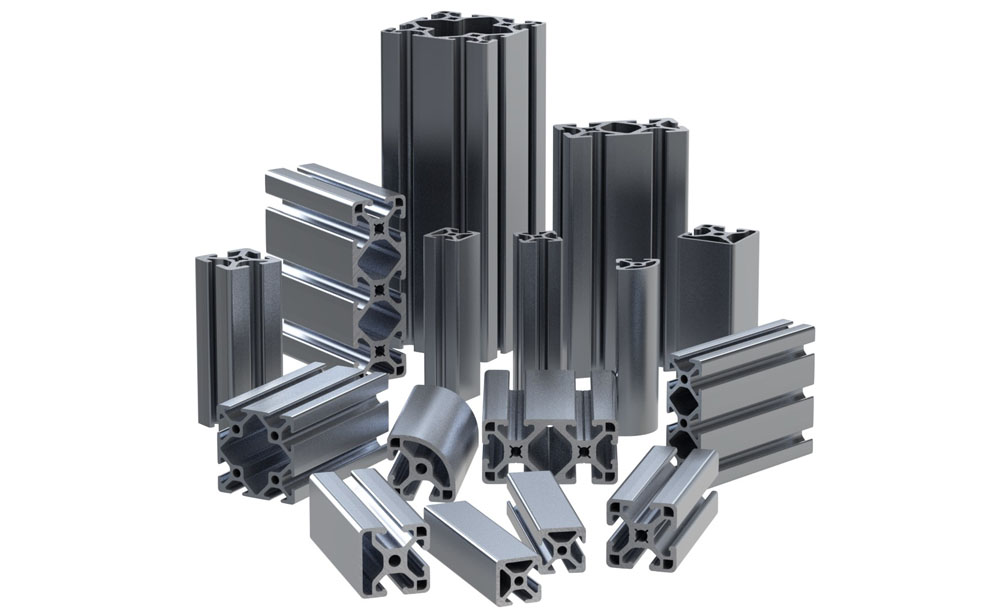 AHU Aluminium Profile: A Comprehensive Guide
AHU Aluminium Profile: A Comprehensive Guide -
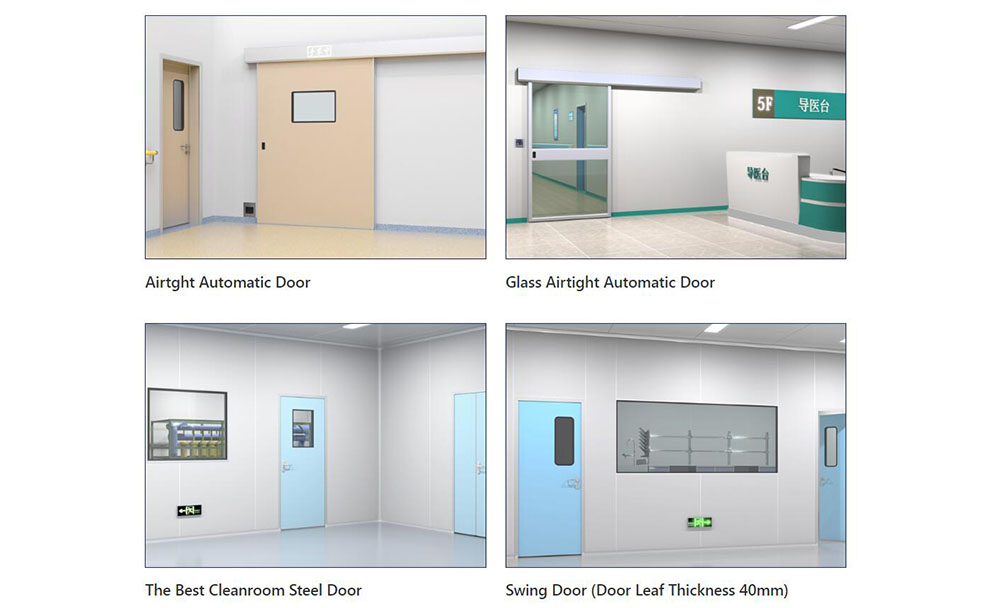 The Importance of Choosing the Right Cleanroom Door in Vietnam
The Importance of Choosing the Right Cleanroom Door in Vietnam -
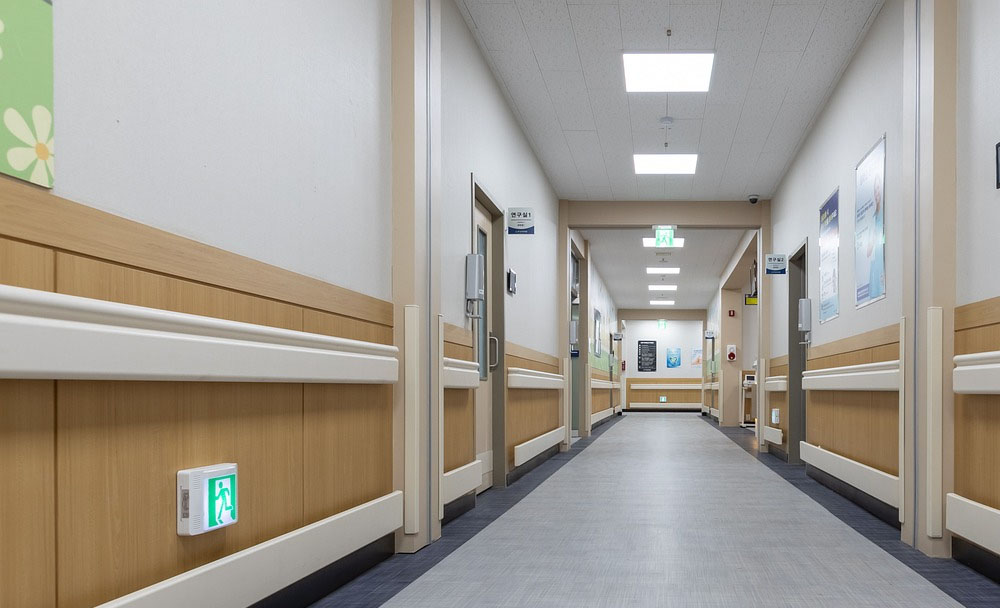 The Benefits of Hospital Automatic Doors: Enhancing Efficiency and Safety
The Benefits of Hospital Automatic Doors: Enhancing Efficiency and Safety -
.jpg) The Best Bathroom Door Manufacturers - Unlocking Endless Possibilities!
The Best Bathroom Door Manufacturers - Unlocking Endless Possibilities! -
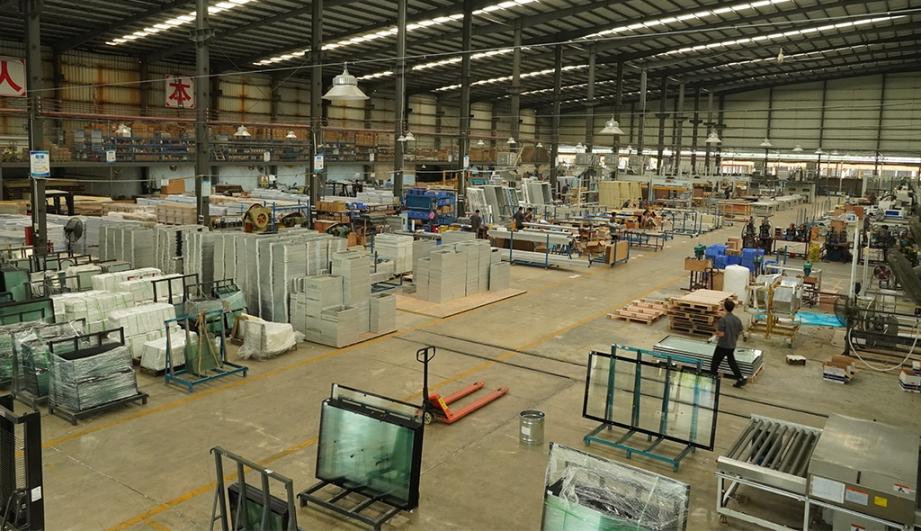 Unlock the Possibilities with AJ Manufacturing Doors
Unlock the Possibilities with AJ Manufacturing Doors -
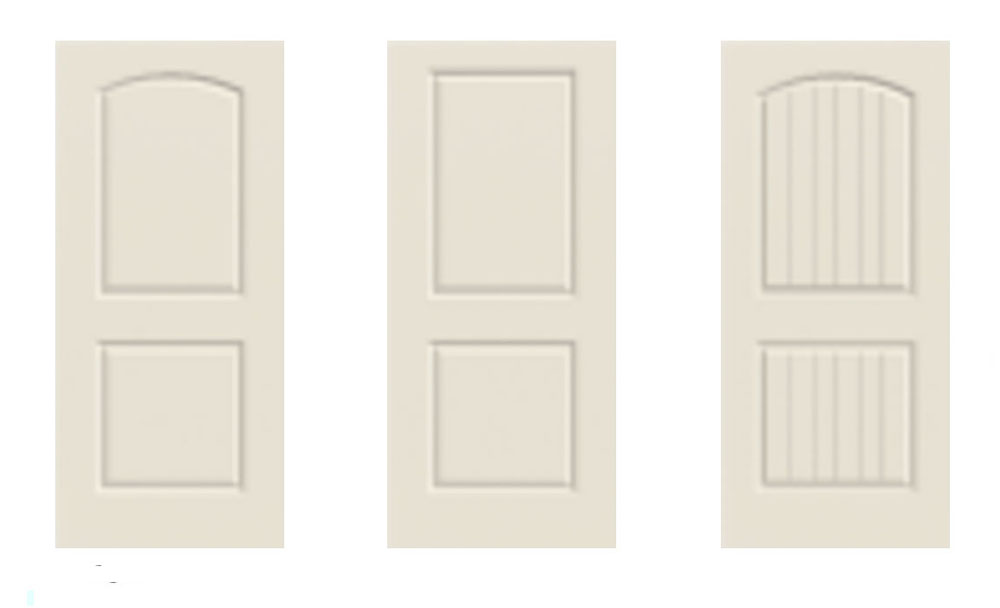 Make a Statement with Manufactured Home Interior Doors!
Make a Statement with Manufactured Home Interior Doors! -
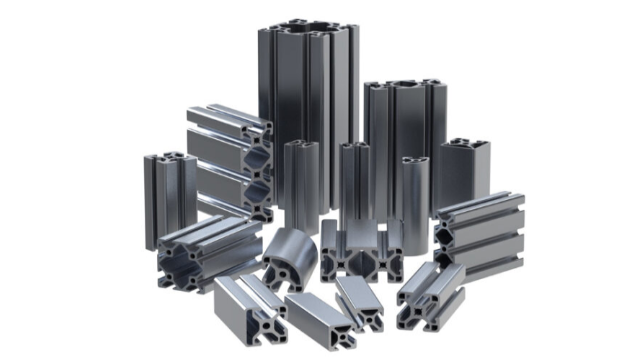 what is aluminum profile? Aluminum Profiles for Your Home is the best option
what is aluminum profile? Aluminum Profiles for Your Home is the best option
-
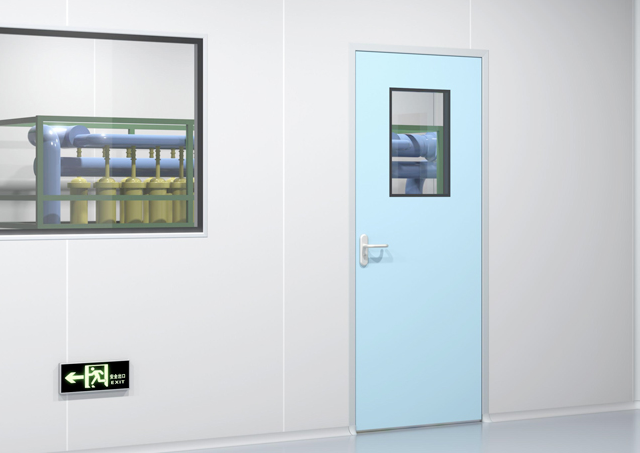 Next-Gen Medical Cleanroom Access: Introducing the Cleanroom Steel Door Solution
Next-Gen Medical Cleanroom Access: Introducing the Cleanroom Steel Door Solution -
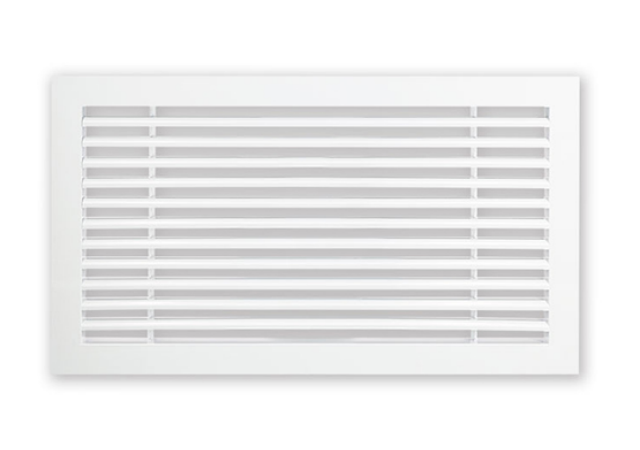 Linear Bar Grille Air Conditioning Diffuser with 0° Angle Blades for Perfect Airflow
Linear Bar Grille Air Conditioning Diffuser with 0° Angle Blades for Perfect Airflow -
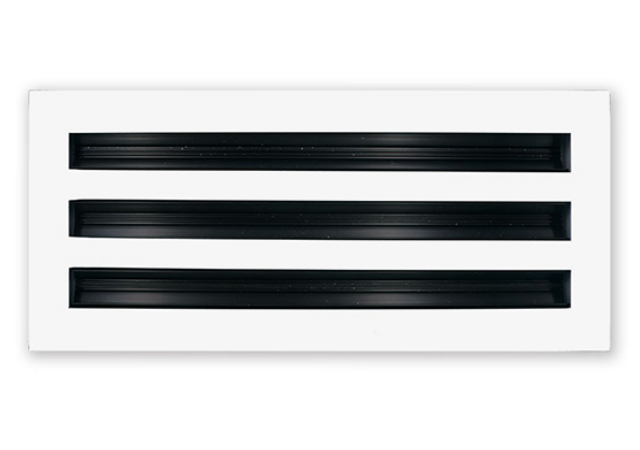 The Sleek and Efficient Linear Slot Diffuser for Air Vent
The Sleek and Efficient Linear Slot Diffuser for Air Vent -
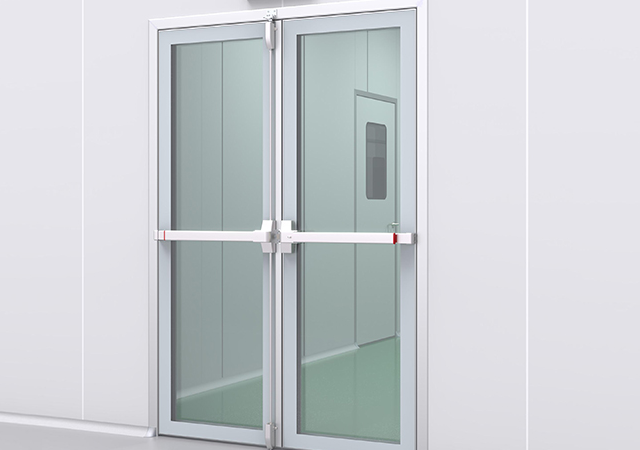 Double-Swing Glass Doors - Modern Laboratory Cleanroom Doors
Double-Swing Glass Doors - Modern Laboratory Cleanroom Doors -
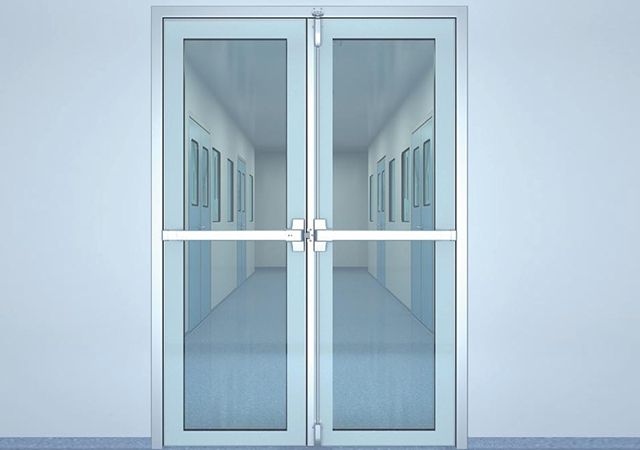 Superior Aluminium Glass Swing Door - Pharmaceutical Cleanroom Door
Superior Aluminium Glass Swing Door - Pharmaceutical Cleanroom Door -
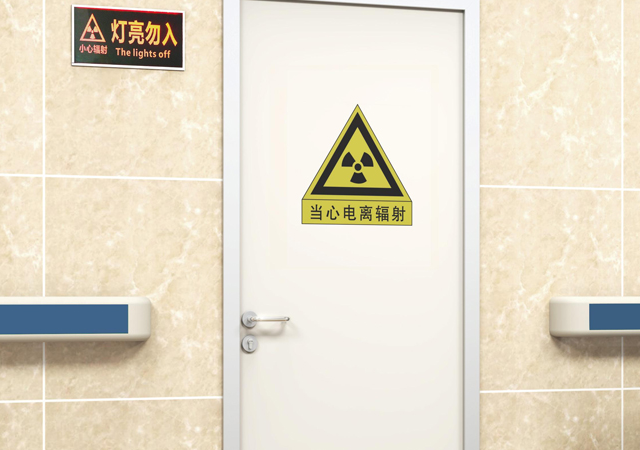 E-ZONG Leads the Way in China's Medical Lead Protection Doors: Innovation for Safety and Efficiency
E-ZONG Leads the Way in China's Medical Lead Protection Doors: Innovation for Safety and Efficiency -
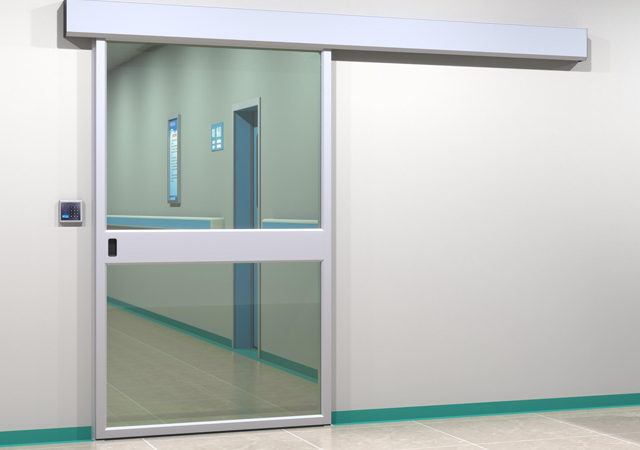 E-ZONG: Leading the Suppliers of Glass Airtight Automatic Doors for Safer, Cleaner Spaces
E-ZONG: Leading the Suppliers of Glass Airtight Automatic Doors for Safer, Cleaner Spaces -
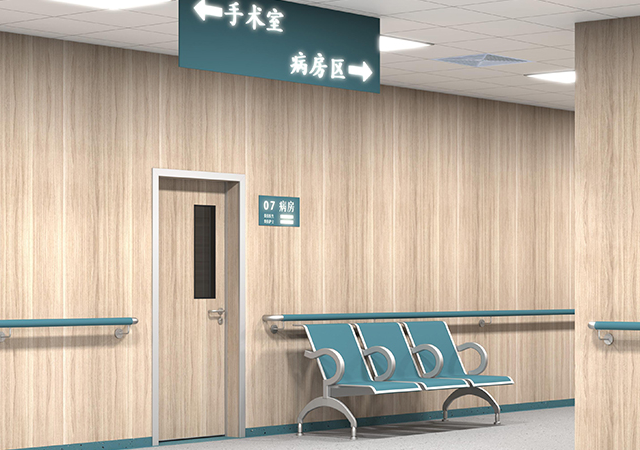 How Wall Air-Tight Swing Doors Ensure Clean Environments With Secure & Silent
How Wall Air-Tight Swing Doors Ensure Clean Environments With Secure & Silent -
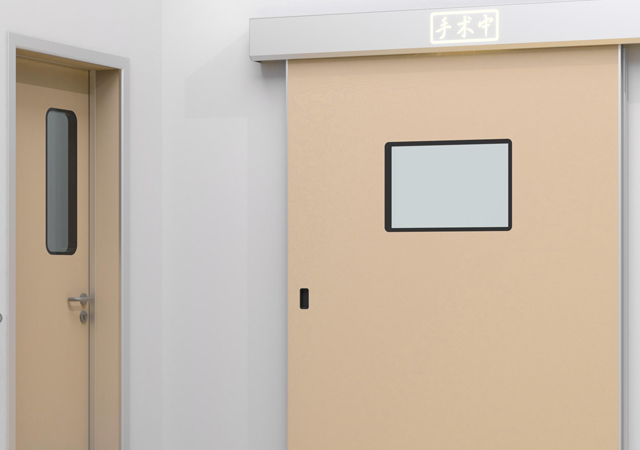 Seamless Automatic Cleanroom Sliding Doors: Smooth, Safe, and Hygienic Solutions
Seamless Automatic Cleanroom Sliding Doors: Smooth, Safe, and Hygienic Solutions -
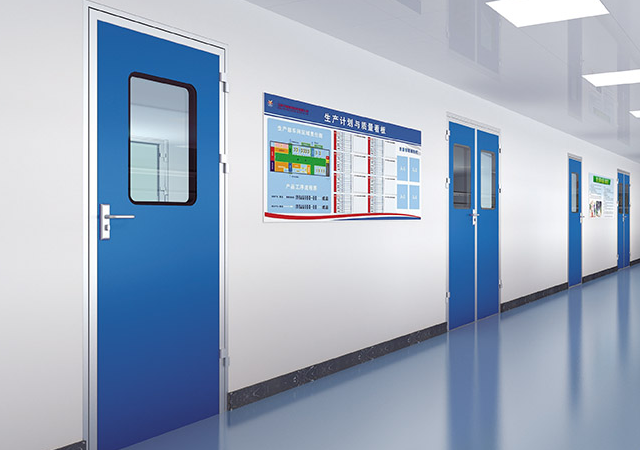 Elegant & Durable: Premium Swing Door Protection for Hospitals
Elegant & Durable: Premium Swing Door Protection for Hospitals

Guangzhou Yizhong Aluminum Industry Co., Ltd.
We are always providing our customers with reliable products and considerate services.
We are always providing our customers with reliable products and considerate services.
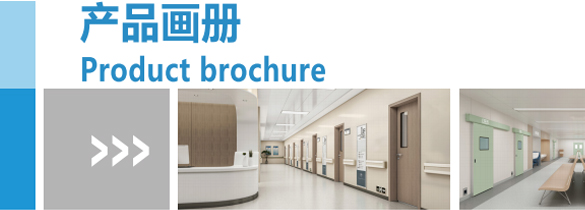
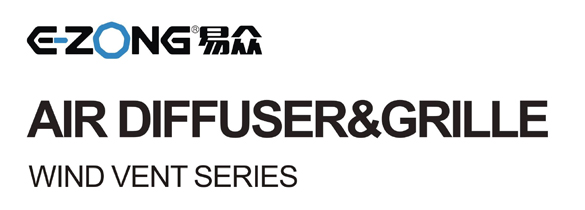








Speak Your Mind